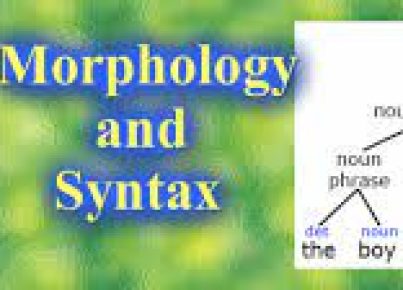Introduction
Charter schools have been at the forefront of education reform in the United States since their inception in the early 1990s. With the autonomy to innovate and address unique educational needs, charter schools have generated numerous debates and discussions around their effectiveness. One key area where they are making strides is regarding teacher retirement plans. This article seeks to explore how charter schools are leading the way on teacher retirement and if their approach is having meaningful impact.
Charter School Retirement Models
While public schools are subject to state-mandated defined benefit (DB) pension plans, charter schools have more leeway when it comes to setting up teacher retirement plans. This flexibility allows them to develop a retirement plan that best suits their teachers and aligns with their school’s mission and values. Most commonly, charter schools adopt either a defined contribution (DC) plan or a hybrid model combining aspects of both DB and DC plans.
In a DC plan, teacher retirement savings are primarily based on individual contributions and investment growth. In these cases, teachers have more control over their retirement assets while assuming more risk tied to investment performance. On the other hand, a hybrid model offers some security by providing a modest guaranteed benefit along with an individual account where teachers can invest funds.
Benefits for Teachers
Given that about one-third of American public school teachers do not remain in the profession long enough to qualify for traditional pension benefits, alternative retirement options provided by charter schools can be appealing. Teachers in these institutions may have:
1. Portability: DC plans allow teachers to take their retirement assets with them if they choose to leave the profession or switch to another school.
2. Faster Vesting: Charter school teachers enrolled in DC plans often vest more quickly than they would under traditional pension systems.
3. Personalized Investment Options: Teachers can customize their investment portfolio within a DC plan, adjusting risk tolerance as they see fit.
4. Transparency and Financial Control: In DC plans, teachers have access to detailed account statements and can more easily track their retirement savings.
Challenges
Despite these benefits, there are challenges associated with charter school retirement plans. One significant concern is the higher risk involved in DC plans. Since contributions are invested, a market downturn could significantly impact teachers’ retirement savings, potentially leaving them without adequate financial support in their golden years. Additionally, some educators may face difficulty in making wise investment decisions if they lack appropriate financial guidance.
Conclusion
There is no one-size-fits-all solution when it comes to teacher retirement plans; however, charter schools seem to be paving the way for more flexible options that cater to the evolving needs of modern educators. While not without its challenges, the retirement models used by many charter schools hold promise for a future characterized by greater autonomy and choice for teachers as they look towards their own financial futures.





